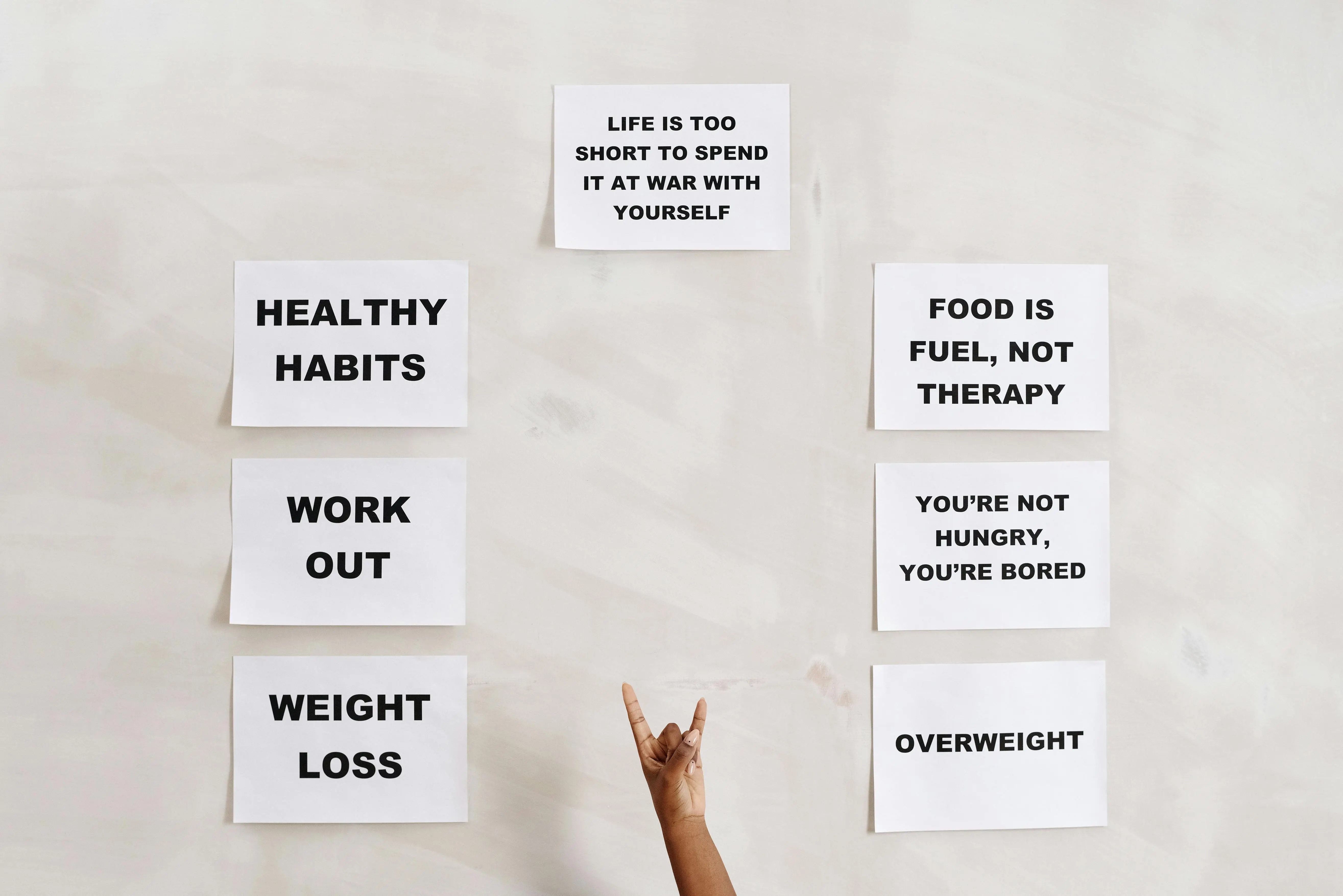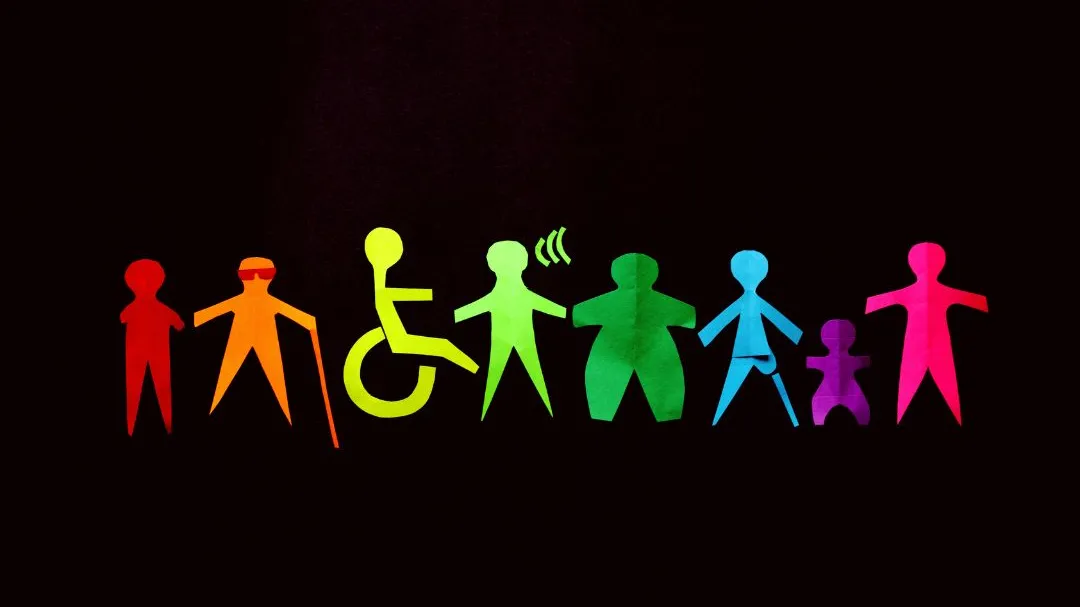Obesity is getting a new name. ABCD: Adiposity-Based Chronic Disease, to shift the focus from stigma to science. The reframing chooses to recognize obesity as a complex, long-term medical condition, for better or for worse.
“Obese” isn’t just a diagnosis anymore. It’s an insult.
It’s the word that keeps millions from going to the doctor, not because they don’t need help, but because they don’t want shame.
Though clinically defined as excess body fat that impairs health, obesity’s cultural meaning has long eclipsed its medical one. What started as a health condition has become a character judgment, a label that implies laziness, lack of willpower, even failure.
For many, being called obese doesn’t feel clinical.
It feels like a verdict that’s not in your favour.

How the Word “Obesity” Became a Wall
Obesity today doesn’t just describe bodies. It blames them.
A 2020 global survey published in The Lancet found that 69% of people living with obesity experienced stigma from healthcare professionals. Many said it directly affected whether they sought medical care. Think about that: the word that’s supposed to flag a need for help is often the reason people don’t ask for it.
And the stigma isn’t just in hospitals. It’s everywhere.
In films, fat characters are often the punchline. In the workplace, overweight women earn up to 12% less than their average-weight peers, even with identical resumes. In schools, kids pick up on the bias before they can spell “metabolism.”
So when a doctor says, “You’re obese,” it doesn’t land like useful information.
It lands like an accusation.
This is precisely why medical communities are rethinking the word itself; not to downplay the health risks of excess fat, but to separate biology from bias.
Why Words Matter in Medicine
Words aren’t just words, especially in medicine.
They’re diagnoses. They’re doors to treatment.
Or they’re walls that keep people out.
And when the word stops opening doors and starts slamming them shut, it’s time to reassess.
That’s exactly what doctors around the world are doing with the word “Obesity”. Instead of labeling patients “obese,” many are now shifting to a new term: ABCD
It may sound like medical jargon, but it’s a critical shift.

What Is ABCD?
ABCD stands for Adiposity-Based Chronic Disease, a new clinical term proposed by the American Association of Clinical Endocrinology in 2017.
Unlike “obesity,” which centers on weight and body size, ABCD focuses on how fat functions in the body; where it’s distributed, how it behaves, and how it impacts long-term health. This means:
- You can have a high BMI and still be metabolically healthy.
- You can also fall within a “normal” BMI range and still face serious health risks.
ABCD is more precise, less stigmatizing, and medically smarter. It recognizes that fat tissue alone isn't the enemy; it’s how that tissue works (or doesn’t) that really matters.
By shifting the lens from appearance to biology, ABCD reframes excess fat as a complex, long-term medical condition shaped by genetics, environment, and metabolism. It’s a move from blame to biology — from shame to science.
Why BMI Is Outdated: Doctors Focus on Fat Function Instead
The shift away from “obesity” also signals a broader issue: BMI is broken.For decades, BMI has been the standard diagnostic tool. But BMI is a crude measure. It doesn’t account for fat distribution, muscle mass, metabolic health, or ethnic differences.
For instance, Asians often develop metabolic diseases at lower BMIs, while athletes may have high BMIs but low fat percentages.
This has led many global medical bodies to rethink obesity as a chronic condition defined by fat function, not just fat quantity.
Doctors now advocate for assessments that go beyond the weighing scale like waist-to-height ratios, insulin sensitivity tests, inflammatory markers, and scans that measure visceral fat.
Weight is just a number and not a diagnosis
Health isn’t about how you look, it’s about how your body works.
That’s why many countries are now rethinking how they define and treat obesity.
Global Response to Obesity: Japan, US, Singapore, Europe
Globally, the shift to ABCD-like frameworks is already underway:
- In the U.S., ABCD is gaining ground, particularly as new anti-obesity medications like semaglutide (Ozempic, Wegovy) reframe obesity as a treatable chronic condition rather than a lifestyle issue.
- Japan classifies obesity starting at a BMI of 25 (lower than the Western cutoff of 30). This is due to higher metabolic risk at lower weights. But even there, the focus is shifting toward visceral fat and early intervention.
- Singapore has adopted public health campaigns that frame obesity in metabolic terms, and encourage treatment approaches tailored to fat function and individual risk.
- In Europe, bodies like the European Association for the Study of Obesity (EASO) promote looking beyond BMI to more nuanced measures of metabolic health.
In each of these regions, the same realization is taking hold:
Obesity isn’t about what people look like. It’s about how their fat tissue works.

The Design of Dignity: How Can We Remove Stigma
Changing “obesity” to “ABCD” isn’t just about swapping one word for another.
It’s about redesigning the moment a person meets their diagnosis and making sure that moment feels safe enough for them to keep going.
Because here’s the truth: medical labels are part of healthcare’s interface.
They’re the first touchpoint between a person and the system that’s supposed to help them. If that touchpoint stings, shames, or alienates, the journey can end before it begins.
Design can change that.
How Design Opens the Door Instead of Closing It
- Language & Naming: Words can be bridges instead of barriers. By collaborating with clinicians, patients, and behavioral scientists, we can craft terms that are both accurate and affirming.
- Service Design: Every form, waiting room, and conversation is a moment of design. Rethinking these touchpoints with empathy means fewer people turn away before they even start.
- Visual Systems: Health isn’t a “before” and “after.” It’s movement, capability, and joy. Design can show that.
- Testing with Humans in Mind: Like product designers run usability tests, healthcare teams can test new labels and journeys — not just for comprehension, but for dignity.
This isn’t just a healthcare challenge and the shift is already happening in other industries.
In finance, “bad credit” is being reframed as a “credit rebuilding stage,” inviting people to see a path forward instead of a dead end.
In education, “remedial classes” are becoming “foundation programs,” focusing on growth instead of deficiency.
Even in workplaces, the dreaded “performance improvement plan” is being rebranded as a “growth plan,” turning a punitive label into an opportunity for development.
Across different sectors, design is quietly reshaping the words, systems, and touchpoints that once shut people out and opening the door for them to step back in.
Obviously, design can’t solve every problem. But it can make the first step feel possible and sometimes, that’s the difference between someone walking away and someone walking in.
Because stigma isn’t just a cultural issue. It’s a design flaw we can fix.
Why Language in Healthcare Matters: It Isn’t Cosmetic But Clinical
Changing a name might seem like surface work, but in healthcare, language is part of the system design. It’s the interface people first encounter when they enter care.
Dr. Jeffrey Mechanick, a leading voice in the field and former president of the American Association of Clinical Endocrinology, explains:
“ABCD relates to the adverse effects of adiposity beyond just total fat — also distribution and function… and it doesn’t carry the same stigmatizing baggage as ‘obesity.’”
It’s not just semantics. It’s experience design.
A global consensus published in Nature Medicine called for ending weight stigma in healthcare and reframing obesity as a chronic condition shaped by genetics, environment, and biology, not just personal willpower.
Because you can’t bully someone into health.And shame doesn’t create change, it creates avoidance.

When the first words someone hears about their health are designed with empathy instead of judgment, they’re more likely to stay engaged, follow through on treatment, and trust the system that’s helping them.
That’s not just a cultural win. That's a clinical impact by design.
Will a New Name Be Enough?
Not on its own.
ABCD won’t dismantle fatphobia. It won’t rewrite every fat joke in a sitcom, stop workplace bias, or undo decades of shame-based health messaging.
Critics rightfully worry that ABCD, while well-intentioned, still centers the medicalization of fatness and may just be a more sanitized way to pathologize certain bodies. And unless this change comes with deep reform in how fat people are treated by doctors, policymakers, and pop culture. The word swap risks being cosmetic.
But it’s a step. And in a system that’s been stuck in shame for too long, a step toward science and compassion matters.
Dr. Francesco Rubino, chair of the Lancet Commission on Obesity, puts it clearly:
“Changing the name alone won’t solve stigma. But it’s a step. It’s a signal that we’re ready to treat this disease with the dignity and seriousness it deserves.”
That’s what ABCD aims to do: replace shame with science. And perhaps, over time, shift our collective response from ridicule to responsibility.

Why Renaming Obesity Matters
Because words shape systems. And the word obesity has stopped helping people. It has become a wall between patients and care, between diagnosis and empathy.
The move to ABCD is a signal, however small, that medicine is beginning to reckon with its own biases. At its best, this shift isn’t just about changing terminology. It doesn’t erase the problem. It reframes it: clinically and compassionately.
At its best, this shift changes the question from: “How do we make people thinner?” to “How do we help people live healthier lives, in the bodies they have?”
It’s not a silver bullet.
But it’s a start and a signal that medicine is finally beginning to see patients as people, not just numbers on a scale.



